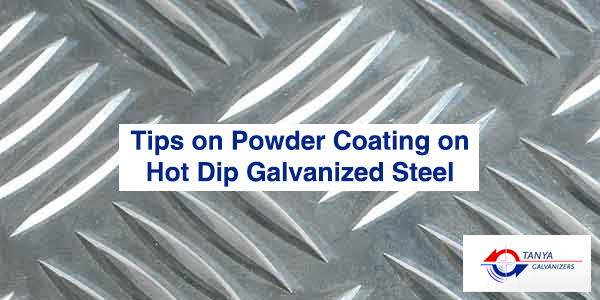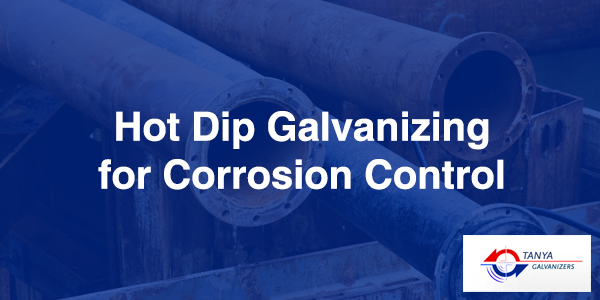Hot dip galvanizing is the process of application of a zinc coating to steel and iron. The process involves dipping of both unfabricated as well as fabricated pieces of steel, or iron into a bath of molten zinc at about 840 degrees Fahrenheit. Galvanization is done to enhance the ability of the base metal that is iron or steel to last for a longer duration of time without getting corroded or rusted. It is precisely where the importance of galvanizing lies.
Now, before the hot dipped galvanizing process a lot of steps are carried out to make sure that the entire process is carried out in a smooth and uninterrupted manner. In addition to this, utmost care is taken during the entire process to ensure that the intended results are obtained. The final step in the process of galvanization is inspection. Inspection of hot dipped galvanizing process refers to process of checking of the end product after the completion of the galvanizing process. The inspection of hot dip galvanizing process primarily focuses on the following two points.
The thickness of zinc coating on the base metal
The thickness of the coating determines the time frame of protection. Usually, the thicker is the coating of zinc, the longer is the expected life span of the base metal. Here are a few important things to consider.
- Local coating thickness – It is the mean value of the zinc coating that is obtained from the specified number of measurements within an area of reference
- Mean coating thickness – It refers to the average value of the local thicknesses on the different base metal pieces in the control sample
The appearance of the zinc coating on the base metal
The appearance after the hot dipped galvanization process refers to the visual inspection that checks for any sharp drops or points or any kind of irregularities. Here are the essential points to consider while inspecting the appearance of the zinc coating.
- While inspecting visually, the coating of zinc must be free from any sharp points or drops
- There should not be any irregularities
- No areas should be uncoated
- Presence of any kinds of lighter or darker grey spots
All the points mentioned above should be carefully inspected to make sure that the end product of hot dipped galvanization process are perfect in all aspects and are ideally suited for the intended purpose of use.





 There is a general misunderstanding among common people that every zinc coating is called galvanization but this is not true as there might be many processes through which a zing coating can be applied. Hot Dip Galvanizing is a coating which is formed after immersing a steelwork in molten zinc. There are however two different processes of hot-dip galvanizing which are pregalvanizing and batch galvanizing.
There is a general misunderstanding among common people that every zinc coating is called galvanization but this is not true as there might be many processes through which a zing coating can be applied. Hot Dip Galvanizing is a coating which is formed after immersing a steelwork in molten zinc. There are however two different processes of hot-dip galvanizing which are pregalvanizing and batch galvanizing. 




